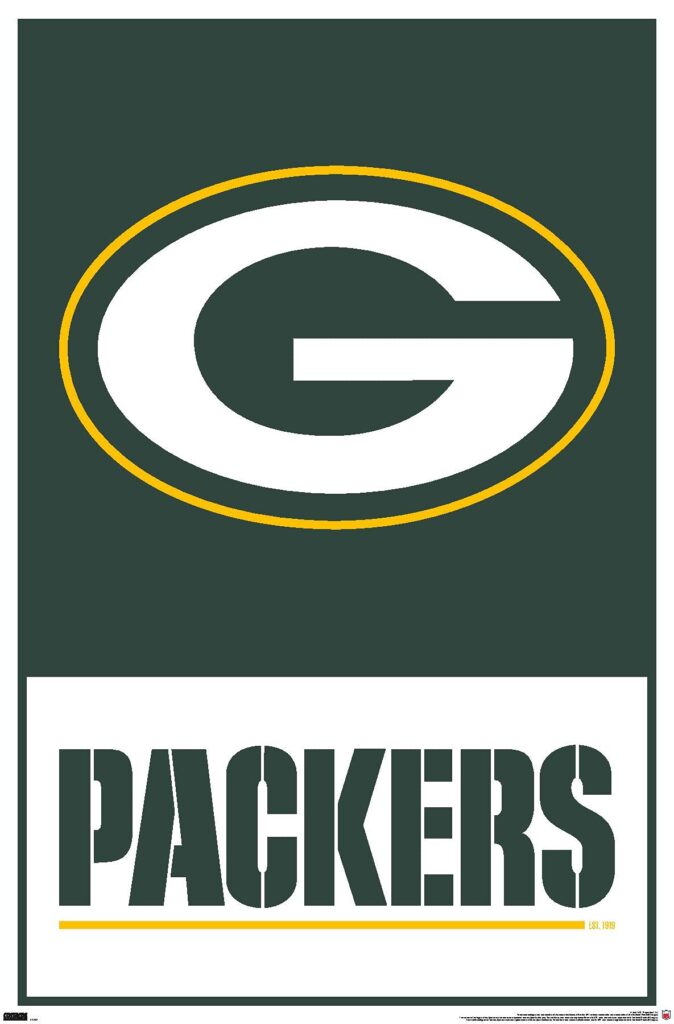The Green Bay Packers, one of the oldest and most storied franchises in the National Football League (NFL), have captivated football fans for nearly a century. Founded in 1919 by Earl “Curly” Lambeau and George Calhoun, the team has become synonymous with small-town dedication, unparalleled fan support, and an enduring tradition of success. With 13 NFL championships, including four Super Bowl victories, the Packers’ legacy is etched into the annals of football history. The upcoming paragraphs delves into the rich history, iconic figures, and enduring traditions that make the Green Bay Packers a true powerhouse in the world of American football.

A Tale of Two Founders: Lambeau and Calhoun
The birth of the Green Bay Packers can be traced back to a humble gathering at the Green Bay Press-Gazette on August 11, 1919. Earl “Curly” Lambeau, a young shipping clerk at the Indian Packing Company, had a vision of forming a football team in his hometown. He approached his employer, Calhoun, who offered to provide funding for jerseys and equipment, and the team was born. The Indian Packing Company gave its name to the franchise for its inaugural season, although it was soon changed to the Green Bay Packers.
The Lombardi Era: Unprecedented Success
The 1960s marked a golden era for the Packers under the leadership of the legendary Vince Lombardi. Lombardi, who served as head coach and executive vice president, transformed the franchise into a powerhouse. Under his guidance, the Packers won five NFL Championships in seven years, including the first two Super Bowls. The team’s dominance on the field and Lombardi’s leadership style left an indelible mark on the Packers’ ethos of hard work and discipline.
Brett Favre and the Quarterback Legacy
In the 1990s, a charismatic gunslinger named Brett Favre took the reins as the Packers’ quarterback. Favre’s combination of skill, toughness, and exuberance endeared him to fans nationwide. He led the Packers to a Super Bowl victory in 1996 and played 16 seasons in Green Bay, setting numerous records along the way. Favre’s legacy still looms large over the franchise, and he remains an iconic figure in NFL history.

The Aaron Rodgers Era: A New Chapter
Following in the footsteps of legends like Bart Starr and Brett Favre, Aaron Rodgers became the Packers’ franchise quarterback in the mid-2000s. His remarkable talent and football IQ have earned him a place among the NFL’s all-time greats. Rodgers led the team to victory in Super Bowl XLV, solidifying his status as a Green Bay icon. His ability to read defenses, throw pinpoint passes, and lead his team under pressure has redefined the quarterback position.
The Frozen Tundra: Lambeau Field
Lambeau Field, the Packers’ historic home stadium, is more than just a venue—it’s a hallowed ground for football enthusiasts. Nicknamed the “Frozen Tundra” due to its frigid temperatures in the winter months, Lambeau Field is the embodiment of the Packers’ spirit. The stadium, which opened in 1957, has undergone several renovations but still retains its classic charm and a seating capacity of over 80,000. Attending a game at Lambeau Field is a pilgrimage for any football fan, as it embodies the rich history and passion of the Packers’ faithful.
The Cheesehead Nation: Unmatched Fan Support
Perhaps one of the most endearing aspects of the Green Bay Packers is the unwavering support of their fans, affectionately known as the “Cheeseheads.” Despite the team’s small-market status, Packers fans are known for their dedication and enthusiasm. Season tickets often have a decades-long waiting list, and games at Lambeau Field are consistently sold out. The “Lambeau Leap,” a tradition where players jump into the stands to celebrate touchdowns with fans, is a symbol of the close bond
Continued Success and Challenges:
In recent years, the Packers have remained a competitive force in the NFL, regularly making playoff appearances under the guidance of Head Coach Matt LaFleur. The team has continued to evolve while maintaining its commitment to excellence. However, challenges like injuries, roster changes, and fierce competition remain part of the NFL landscape.

Off the Field:
The Packers’ impact extends beyond the football field. The team is deeply involved in charitable endeavors and community initiatives. The Green Bay Packers Foundation contributes millions of dollars each year to various causes and organizations in Wisconsin.
Conclusion:
The Green Bay Packers are more than just a football team; they are a symbol of tradition, resilience, and community. From their humble beginnings in 1919 to their status as one of the NFL’s most successful franchises, the Packers’ journey has been nothing short of remarkable. With a storied past and a promising future, the Green Bay Packers continue to inspire and unite fans across the globe under the banner of green and gold.



